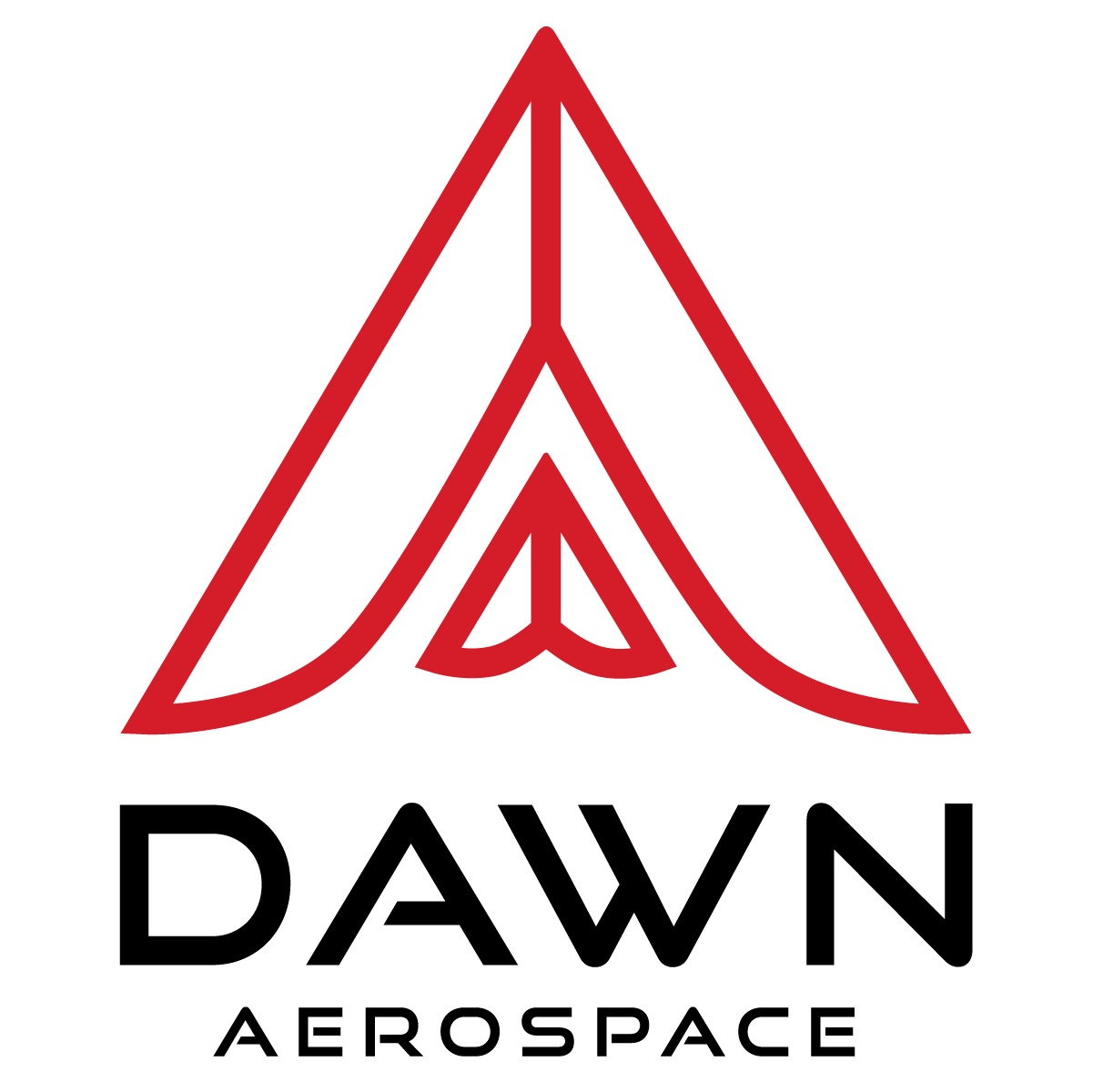Dawn Aerospace’s Rocket-Powered Aircraft, Certified for Supersonic Flight
The Mk-II Aurora during an all-up systems test in June 2024 at Tāwhaki National Aerospace Centre.
Christchurch, New Zealand – 12th July, 2024 – Dawn Aerospace, proudly announces that the Civil Aviation Authority (CAA) has awarded it a certificate to fly the Mk-II Aurora at unlimited speeds, including supersonic, up to 80,000 feet altitude. This certification permits operations beyond visual line of sight (BVLOS) without the need for restricted airspace.
The Mk-II Aurora is a rocket-powered aircraft, designed to be the first vehicle ever to fly to 100 km altitude, the edge of space, twice in a single day. It is rapidly reusable and low cost, making it well suited for a variety of applications in microgravity, high speed flight research, earth observation, as well as other defence and civil uses.
“This unlocks the next major performance milestone for the Mk-II vehicle, namely supersonic flight,” said CEO, Stefan Powell. “To the best of our knowledge, this would be the first privately funded UAV to break the sound barrier.”
This certification is the result of years of close collaboration between Dawn Aerospace and local agencies, including the CAA, NZ Space Agency, Airways and local airspace users. Together, they have worked to understand how to safely integrate high-performance vehicles with existing airspace users, addressing the necessary vehicle and operational requirements.
Since the first flight of the Mk-II Aurora in July 2021, Dawn has completed 50 flight tests under both jet and rocket power, operating under more restrictive licenses.
“Receiving this certification is a testament to the hard work and dedication of our team, and their ability to operate such a high-performance vehicle to the standards the CAA expects of any aircraft operator,” said Powell.
The Mk-II vehicle is now poised to take a significant step towards its ultimate goal of flying to 100 km altitude multiple times per day. Achieving this would also set records for speed, altitude, and climb rate for a self-powered aircraft.
“At full performance, the Mk-II will fly faster and 2.5 times higher than any prior aircraft that takes off from a runway, including the current record holder, the SR-71 Blackbird. That is the power of bringing rocket performance to an aircraft platform,” said Powell.
Since its last flights in 2023, where it achieved speeds of 200 knots and altitudes of 9,000 feet, the Mk-II vehicle has undergone extensive upgrades and testing. The final pre-flight test, an all-up systems test, included a 60-second firing and restart of its engine to demonstrate go-around capability.
The upcoming flight test campaign, scheduled from July through September, will consist of up to a dozen flights. The primary objective is to expand the vehicle's envelope to Mach 1.1 (supersonic) and 70,000 feet. A secondary objective is to demonstrate two flights in a day to showcase rapid reusability.
Stefan concluded with “I would like to publicly thank all NZ public agencies and local airspace users for their continued support in our mission of scalable and sustainable space transportation”.
The Mk-II Aurora engine cam from static test in June 2024.
Mk-II Aurora Rocket Powered Aircraft - Static Hotfire Test Youtube Video


